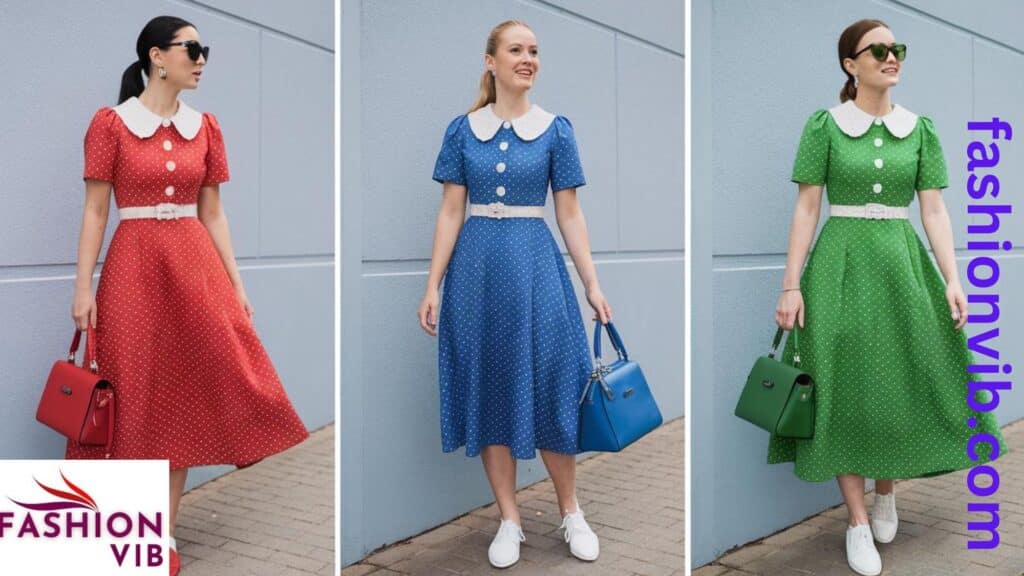In a world where self expression and mental well being are increasingly intertwined, a vibrant fashion phenomenon has emerged: dopamine dressing. Imagine slipping on a sunshine yellow dress and instantly feeling your mood lift, or donning a boldly patterned shirt that seems to radiate confidence. This isn’t just about looking good; it’s about feeling good from the inside out. Let’s dive into the colorful world of dopamine dressing, exploring its psychological roots, cultural impact, and how you can harness its mood boosting power in your own wardrobe.
What is Dopamine Dressing
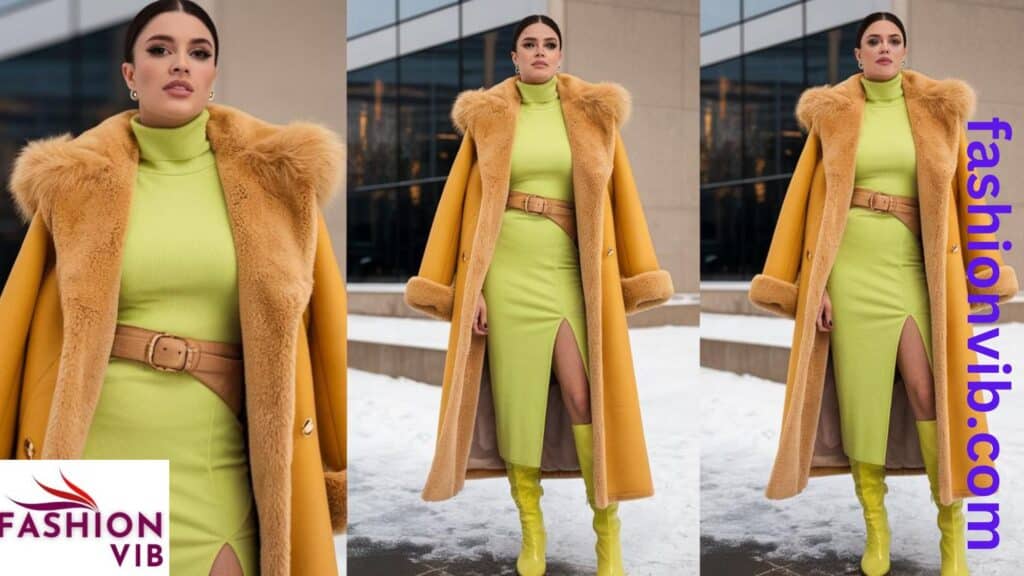
Dopamine dressing is more than just a catchy phrase; it’s a fashion philosophy rooted in the idea that what we wear can significantly influence our mood and well being. The term draws its name from dopamine, the neurotransmitter often associated with pleasure and motivation. But don’t be fooled – this isn’t about your clothes literally producing dopamine. Instead, it’s about making intentional fashion choices that spark joy and boost your mood.
At its core, dopamine dressing embraces:
- Bold, vibrant colors
- Playful patterns and textures
- Personal pieces that hold special meaning
- Clothing that makes you feel confident and empowered
This trend isn’t about following strict rules or adhering to specific styles. Rather, it’s a personal journey of discovering which. For some, it might be a electric blue blazer that makes them feel unstoppable in meetings. For others, it could be a pair of quirky, mismatched socks that bring a smile throughout the day.
The Science Behind the Style
To understand why dopamine dressing works, we need to take a quick dive into the brain. Dopamine, often dubbed the “feel good” neurotransmitter, plays a crucial role in our motivation and reward systems. While clothing doesn’t directly produce dopamine, the act of wearing something we love can trigger a positive emotional response, which in turn may influence our dopamine levels.
Color psychology also plays a significant role in dopamine dressing. Research has shown that colors can evoke specific emotional and physiological responses. For example:
| Color | Psychological Association |
|---|---|
| Red | Energy, passion, confidence |
| Blue | Calm, trust, stability |
| Yellow | Happiness, optimism, creativity |
| Green | Balance, growth, harmony |
| Purple | Luxury, ambition, spirituality |
| Orange | Enthusiasm, adventure, sociability |
But it’s not just about color. The concept of enclosed cognition, introduced by researchers Adam and Gilinsky, suggests that the symbolic meaning of our clothes and the physical experience of wearing them can influence our cognitive processes. In other words, when we wear something we associate with certain traits (like confidence or creativity), we’re more likely to embody those characteristics.
The Psychology of Dopamine Dressing

Dopamine dressing taps into several key psychological principles:
- Self expression: Our clothes are a form of non verbal communication, telling the world a story about who we are.
- Mood regulation: By choosing clothes that make us feel good, we can actively influence our emotional state.
- Confidence boosting: Wearing outfits we love can act as a form of “armor,” helping us face the day with greater self assurance.
- Mindfulness: The act of intentionally selecting clothes for their emotional impact can be a form of mindfulness practice, grounding us in the present moment.
Dr. Dawn Karen, a pioneer in fashion psychology, explains: “What you wear can change your brain chemistry. When you wear clothes that make you feel confident, competent, and empowered, it can actually change your behavior and the way you interact with others.”
This psychological impact isn’t just anecdotal. A 2012 study published in the Journal of Experimental Social Psychology found that participants performed better on attention related tasks when wearing a doctor’s lab coat, compared to when they wore a painter’s coat or no coat at all. This suggests that the symbolic meaning we attach to certain clothing can influence our cognitive performance.
Dopamine Dressing in Practice
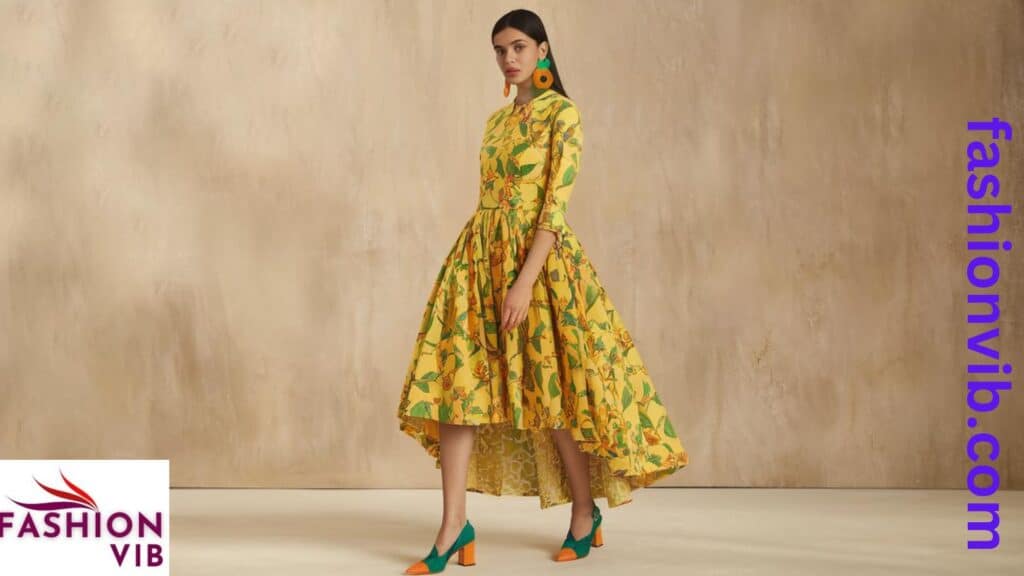
So, how can you incorporate dopamine dressing into your own wardrobe? Here are some practical tips:
- Identify your “dopamine” pieces: Reflect on which clothes in your wardrobe make you feel most confident and joyful. These are your personal dopamine pieces.
- Experiment with color: Don’t be afraid to try bold colors that you’re drawn to, even if they’re outside your usual palette.
- Play with textures: Soft, cozy fabrics can be comforting, while sleek textures might make you feel more polished.
- Incorporate meaningful accessories: A piece of jewelry with sentimental value or a scarf from a memorable trip can boost your mood every time you wear it.
- Balance comfort and style: Remember, feeling physically comfortable is key to feeling emotionally comfortable.
- Create outfit “recipes”: Combine your dopamine pieces in different ways to create go to outfits for when you need a boost.
Remember, dopamine dressing is highly personal. What works for one person may not work for another. The key is to tune into how different clothes make you feel and build a wardrobe that supports your emotional well being.
Cultural Context and Social Impact
The rise of dopamine dressing didn’t happen in a vacuum. This trend gained significant traction during and after the COVID19 pandemic, a time when many people were seeking ways to boost their mood and regain a sense of control.
“After years of loungewear and comfort dressing, people are ready to express themselves again through bold, joyful fashion choices,” says fashion psychologist Dr. Carolyn Mari.
The fashion industry has taken note, with many designers and brands incorporating more vibrant colors and playful designs into their collections. This shift is evident in recent runway shows and street style, where maximalist and eclectic combinations have taken center stage.
However, it’s important to note that dopamine dressing isn’t without its critics. Some argue that it places too much emphasis on external factors for mood regulation or that it could promote overconsumption. These are valid concerns, and it’s crucial to approach dopamine dressing as one tool in a broader toolkit for well being, not a cure all solution.
Dopamine Dressing vs. Other Fashion Philosophies
To better understand dopamine dressing, it’s helpful to compare it with other fashion philosophies:
| Philosophy | Key Focus | Pros | Cons |
|---|---|---|---|
| Dopamine Dressing | Mood boosting, self expression | Encourages joy, creativity | Can be overwhelming, potential for overconsumption |
| Minimalism | Simplicity, functionality | Reduces decision fatigue, often more sustainable | May feel restrictive for some |
| Capsule Wardrobe | Versatility, mix-and-match | Efficient, cost-effective | Can become monotonous |
| Traditional “Dressing for Success” | Conformity to professional norms | Clear guidelines, widely accepted | May stifle individual expression |
Dopamine dressing doesn’t have to be at odds with these other approaches. In fact, it can complement them. For example, you could create a minimalist capsule wardrobe filled with pieces in colors and styles that bring you joy.
Case Study: The Power of Dopamine Dressing
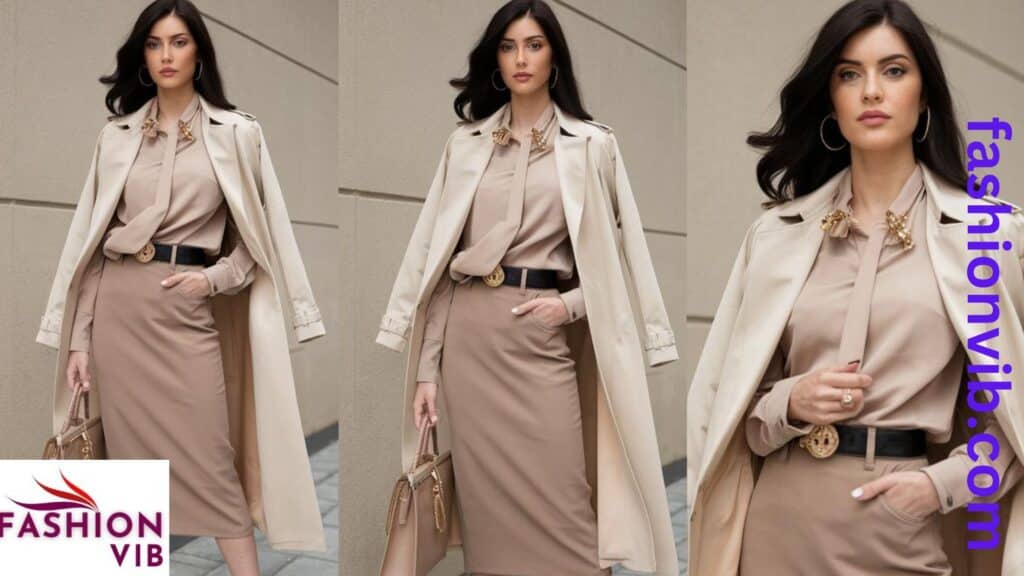
Sarah, a 32 year old marketing executive, had always played it safe with her work wardrobe, sticking to neutral colors and conservative styles. After learning about dopamine dressing, she decided to experiment.
She started small, incorporating a bright scarf or a pair of colorful shoes into her outfits. Gradually, she began wearing bolder pieces, like a vibrant red blazer or a dress with an abstract print.
“I noticed a change almost immediately,” Sarah reports. “Not only did I feel more confident, but my colleagues started commenting on my positive energy. I even found myself speaking up more in meetings and taking on new challenges.”
Sarah’s experience aligns with research on the psychological effects of clothing. A study published in the Journal of Experimental Social Psychology found that wearing formal business attire increased abstract thinking and gave people a sense of power.
Beyond Fashion: Dopamine Dressing in Other Areas of Life
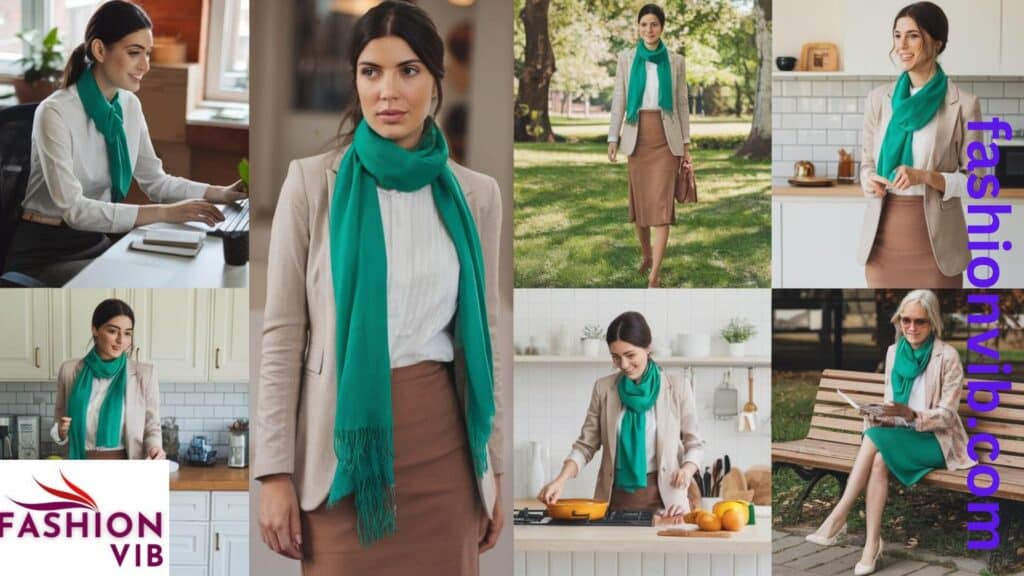
The principles of dopamine dressing can extend beyond your closet:
- Home Décor: Apply the same color psychology to your living space. A bright accent wall or cheerful throw pillows can lift the mood of a room.
- Digital Spaces: Even your phone’s wallpaper or your social media aesthetic can be part of your dopamine dressing practice.
The Future of Dopamine Dressing

As we look ahead, several exciting developments are on the horizon:
- Mood Responsive Fabrics: Researchers are developing textiles that can change color based on body temperature or environmental factors, potentially allowing our clothes to visually reflect our moods.
- AI Powered Styling: Machine learning algorithms could help individuals identify their most mood boosting outfits based on data from wearable devices.
- Virtual Dopamine Dressing: As virtual and augmented reality become more prevalent, we may see dopamine dressing principles applied to digital avatars and virtual wardrobes.
- Sustainability Focus: The future of dopamine dressing will likely emphasize sustainable and ethical production, aligning the joy of fashion with environmental consciousness.
Conclusion Dressing: for Joy and Self Expression
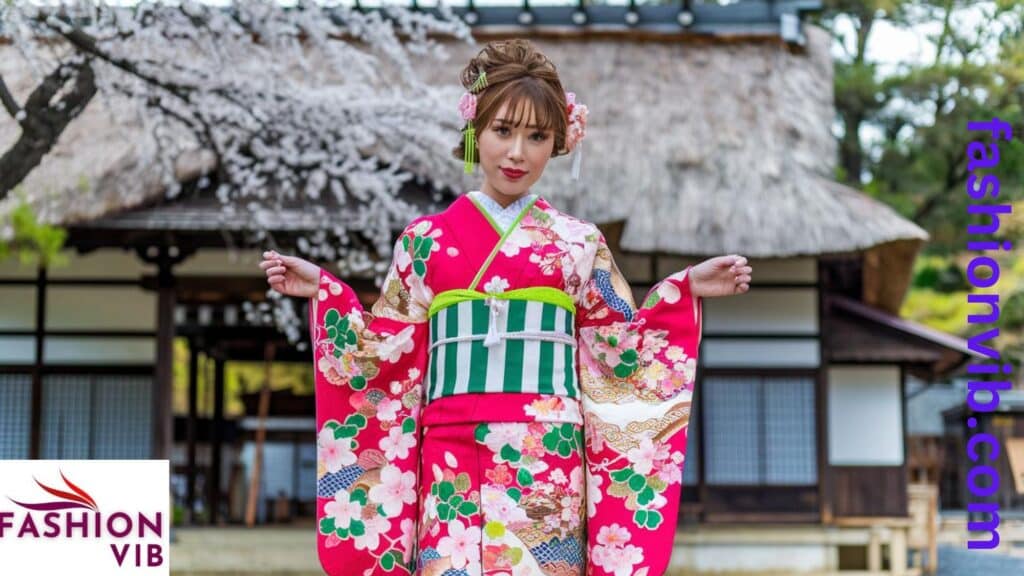
Dopamine dressing offers a powerful reminder that fashion can be more than mere adornment it can be a tool for well being and self expression. By approaching our wardrobes with intention and awareness, we can harness the mood boosting potential of our clothing choices.
Remember, there’s no one size fits all approach to dopamine dressing. It’s about discovering what truly makes you feel alive, confident, and authentically you. So, the next time you stand before your closet, ask yourself: “What can I wear today that will make me feel amazing?”
In a world of fleeting trends, dopamine dressing offers a timeless invitation to wear what truly makes you feel good, from the inside out. So go ahead, embrace those bold colors, quirky patterns, or whatever it is that brings a smile to your face. Your wardrobe and your mood will thank you.

James is a seasoned fashion blogger with over a decade of experience in the industry. His keen eye for trends and insightful commentary make him a trusted voice in fashion. Passionate about style evolution, James combines his extensive knowledge with a unique perspective, offering readers fresh and engaging content. Follow his journey as he navigates the ever-changing world of fashion on Fashion Vib.

